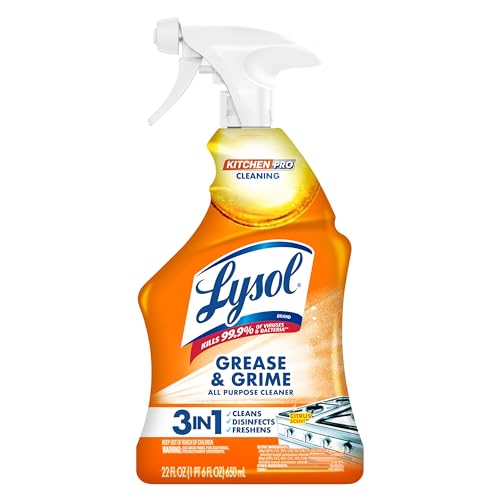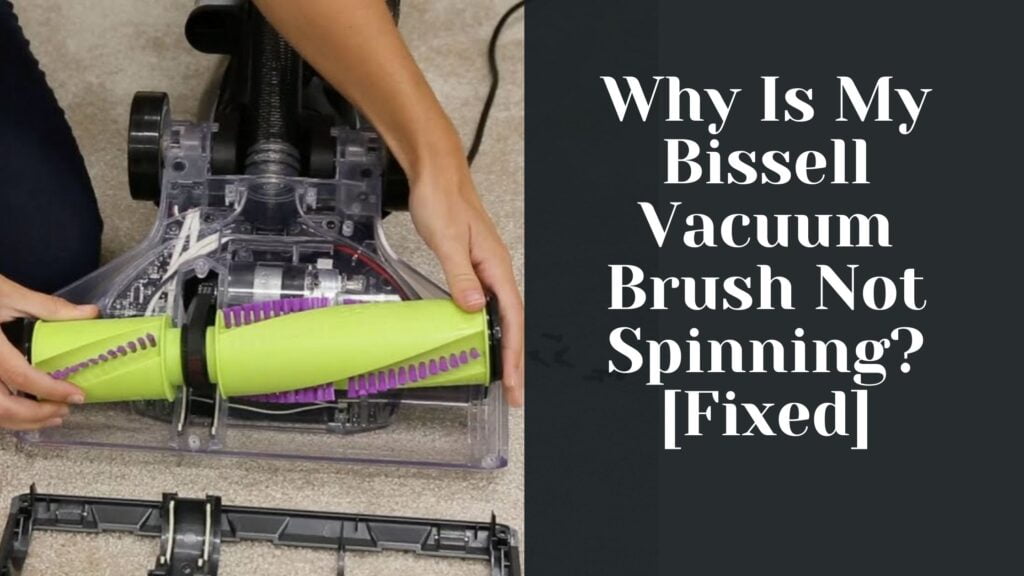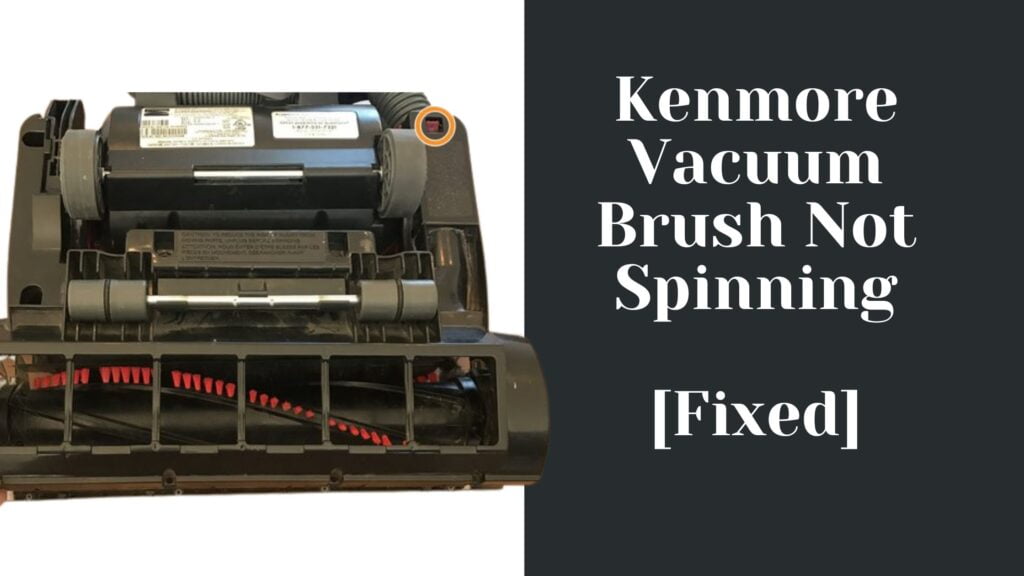A Dyson Ball vacuum is a popular choice for many homeowners due to its powerful suction and easy maneuverability. However, like any appliance, you may occasionally experience a loss of suction from the base, which can affect its cleaning performance.
If you encounter this issue with your Dyson Ball vacuum, there’s no need to panic. In most cases, a loss of suction can be resolved by addressing common causes, such as a clogged nozzle, blockage in the hose, or a full dust cup. By performing some simple troubleshooting steps, you can quickly get your vacuum back to functioning optimally.
Throughout this article, you will learn how to identify and rectify various issues that may cause a loss of suction in the vacuum’s base, and ensure that your Dyson Ball vacuum continues to efficiently clean your home for years to come.
Understanding the Dyson Ball Vacuum No Suction Issue
When you notice that your Dyson Ball vacuum is losing suction from its base, it’s important to understand the reasons behind the issue to address it effectively. With the right knowledge and guidance, you can often identify and fix the problem yourself.
Common Causes of Loss of Suction
There are a few factors that can commonly contribute to your Dyson Ball vacuum losing suction:
- Clogged filters: Debris and dirt can accumulate in the vacuum’s filters over time, reducing the airflow and suction power. Make sure to clean or replace the filters according to the manufacturer’s recommendations.
- Blockages in the hose or nozzle: Items like hair, dust, or other debris can become lodged in the hose or nozzle of your vacuum, obstructing air flow and causing a loss of suction. Regularly checking and cleaning the hose and nozzle can help to prevent these clogs.
- Faulty motor: If the motor is not functioning properly, it may be unable to generate adequate suction. In this case, you may need to seek professional assistance for repairs.
Identifying Blockages and Obstructions
To identify and clear any blockages in your vacuum, follow these steps:
- Turn off and unplug your Dyson Ball vacuum before inspecting any parts of the machine.
- Check the filters for dirt or debris, and clean or replace them as needed. Remember to consult your Dyson Ball vacuum user manual for guidance on filter maintenance.
- Examine the hose by disconnecting it from the vacuum (use a Dyson Ball Animal Hose Replacement Guide if necessary). Look for any visible clogs at the base of the hose and gently remove any obstructions you find.
- Inspect the brushbar for any built-up debris, and clean it accordingly. If it appears to be damaged or stuck, you might need to replace it.
- If you have completed these steps and still experience a loss of suction, it could be an issue with the motor, in which case you should contact Dyson for further assistance or repairs.
By understanding the common causes of suction loss in Dyson Ball vacuums and learning how to identify and address blockages, you can help maintain your vacuum’s performance and extend its lifespan.
Inspecting and Cleaning the Vacuum Components
When your Dyson Ball vacuum experiences no suction from the base, inspecting and cleaning various components can improve the situation. Here are some key sub-sections to focus on:
Checking and Cleaning the Filters
Your vacuum cleaner has filters that need to be checked and cleaned regularly to maintain optimal performance. Dirty filters can reduce suction capabilities. To clean the filters, follow these steps:
- Turn off and unplug your vacuum cleaner.
- Locate and remove the vacuum’s filters according to the user manual.
- Wash the filters gently under running water, without using detergents.
- Allow the filters to air dry completely before reassembling them back into the vacuum.
Perform these steps every few months or as recommended by the manufacturer.
Examining the Brush Bar
The brush bar, located by the base of the vacuum cleaner, can collect debris and become entangled with hair and fibers, reducing suction. To clean the brush bar, follow the steps below:
- Ensure that your vacuum cleaner is unpowered and unplugged.
- Use a pair of scissors or a brush bar cleaning tool to cut and remove any debris tangled around the brush bar.
- Check if the brush bar rotates freely after removing debris. If it does not, consult the user manual for instructions on disassembling and cleaning the brush roll mechanism.
Clearing the Internal Hose and Air Duct
The vacuum’s hose and air duct can become clogged with debris, leading to reduced suction. Inspect and clear them with the following steps:
- Turn off and unplug the vacuum cleaner.
- Remove the vacuum’s hose using the user manual’s instructions.
- Check for clogs by feeling along the hose and visually inspecting the internal air duct.
- Use a long, flexible brush or a straightened coat hanger to remove any blockage from the hose and air duct.
- Reassemble the vacuum cleaner following the manual’s guidelines.
Make sure to perform regular inspections and cleanings to keep your vacuum cleaner functioning at its best.
Resolving Hose and Wand Related Issues
One common issue when a Dyson Ball vacuum experience no suction from the base may be related to the hose and wand. To address this problem, follow the steps provided in the sub-sections below.
Unclogging the Wand and Hose
First, ensure that your vacuum is turned off and unplugged from the power source. Next, remove the hose from the vacuum and examine it for any blockages or obstructions. You may need to feel along the entire length of the hose in search of possible stuck debris. If you find a blockage, use a tool or a stiff brush to carefully remove it. Alternatively, you can try gently bending the hose to dislodge any debris stuck inside.
Additionally, inspect the wand for any obstruction or debris. Detach the wand from the vacuum and the hose. Look through it and check for any blockages. If necessary, use a long flexible brush or straightened coat hanger to remove any debris.
Inspecting and Replacing Damaged Parts
While examining the hose and wand, also look for any signs of damage. Cracked or damaged hoses can lead to airway leaks, which may ultimately affect the suction power of your Dyson Ball vacuum.
If you determine that your hose or wand is damaged, consider replacing it with a new one. Dyson offers replacement parts, including hoses, wands, and other components, to ensure the optimal performance of your vacuum. Make sure to purchase the appropriate parts for your specific Dyson Ball vacuum model.
Once you have addressed any issues with the wand and hose, reconnect them to your vacuum and test its suction power. If the problem persists, consider seeking help from a professional or Dyson’s customer support team.
Maintaining and Troubleshooting the Dyson Ball Vacuum
Fixing Common Problems
If you’re experiencing issues with your Dyson Ball vacuum’s suction power, there are several factors you should consider:
- Empty the bin when debris reaches the MAX marker to maintain optimal suction.
- If your vacuum struggles on carpets, adjust the cleaner head to the appropriate setting for your floor type.
- Check the filter and clean it as necessary, since a dirty filter can severely impact suction performance.
- Inspect the hose for blockages or hair wrapped around it, which can hinder airflow and reduce suction power.
Replacing Damaged or Worn Components
If the aforementioned steps don’t rectify the issue, you may need to replace damaged or worn parts on your Dyson vacuum cleaner. Consider the following actions:
- Detach the hose from the vacuum and examine it for visible damage or cracks. Replace the hose if necessary.
- Inspect the cyclone assembly to ensure it is securely attached to the vacuum and is free of cracks or other issues.
- Examine the power cord for fraying or damage. If you notice any issues, contact a professional for assistance.
Resetting the Vacuum
If your Dyson vacuum cleaner still has no suction from the base even after addressing the common problems and checking for damaged or worn components, you may need to reset the vacuum:
- Unplug the vacuum cleaner from the power source.
- Press and hold the power button for 5 seconds. Release it after 5 seconds.
- Wait for 10 minutes before plugging it back in, and then turn it on by pressing the power button briefly.
If the problem persists after attempting these fixes, consider reaching out to Dyson support or visiting a repair shop for further assistance.
Using Online and Customer Support Resources
When facing issues with the Dyson Ball vacuum’s suction from the base, accessing online resources and contacting Dyson’s customer support can be helpful in diagnosing and resolving the problem.
Consulting Video Guides and Tutorials
Various video guides and tutorials are available online to assist with troubleshooting your Dyson Ball vacuum. These videos provide step-by-step instructions on how to unclog your vacuum, maintain suction, and perform other necessary fixes. Watching a video guide can be an excellent way to visually understand the process, making it more manageable for you to identify and address the issue at hand. For instance, you can check YouTube for videos like “How To Unclog Your Dyson Ball Vacuum” which provides helpful tips on clearing blockages and restoring suction.
Contacting Customer Support
If online resources are not sufficient in resolving your Dyson Ball vacuum’s suction problems, Dyson offers personalized customer support services to assist you further. Begin by visiting the Dyson Support website, where you can find helpful tips, instructions for troubleshooting, and spare parts or accessories for your vacuum. For more direct assistance, you can reach Dyson’s customer support team at their official support line 1-844-705-4777 or by locating the nearest Dyson Service Center.
In addition to support for your Dyson Ball vacuum, the customer support team can also provide assistance and information on other Dyson products, such as the Dyson Supersonicᵀᴹ Hair Dryer Professional Edition. Expert guidance and recommendations from Dyson’s support team can help ensure you get the most out of your Dyson devices.
Important Safety Tips and Considerations
Before attempting to troubleshoot or fix your Dyson Ball vacuum, it’s essential to consider some important safety precautions. You want to avoid any potential hazards, protect yourself and extend the life of your vacuum cleaner. Here are some key tips you should follow:
- Always unplug your vacuum cleaner from the electrical outlet before performing any maintenance, troubleshooting or cleaning tasks. This will help avoid electrical shocks or accidents.
- Make sure you empty the canister regularly, preventing it from overfilling. Overfilled canisters can lead to reduced suction power and may cause other damages to the vacuum.
- If you suspect an overheating issue, it’s crucial to address it promptly to avoid potential damage to the vacuum’s internal components. Most Dyson vacuums are equipped with a thermal cut-out feature, designed to shut the vacuum off automatically if it becomes too hot. Allow the device to cool down for a while before turning it back on.
- Remember to clean and replace your vacuum’s filters as recommended by the manufacturer. A dirty or clogged filter can significantly reduce the suction power and may even cause the vacuum to overheat, activating the thermal cut-out.
- Regularly inspect your vacuum’s hoses, attachments, and connections for potential blockages or damage. Clear any clogs if you find them, as they can hinder the vacuum’s performance.
By adhering to these safety tips and considerations, you can ensure that your Dyson Ball vacuum remains in good working condition while avoiding potential harm.
Conclusion
In the end, addressing the common issue of your Dyson ball vacuum losing suction from the base can be easily resolved through a few simple steps. This involves routinely checking for and removing any potential blockages in the vacuum’s hose or base where the hose attaches.
It’s essential to regularly empty the dust cup of your vacuum, as a full dust cup can lead to a loss of suction. Taking the time to inspect the hose for clogs and ensuring that the brush bar is free from any obstructions will help maintain the performance of your Dyson ball vacuum.
By following these guidelines and conducting proper maintenance on your vacuum, you can ensure that it continues to deliver optimal performance for a long time. Maintaining your Dyson ball vacuum is vital for its longevity and your satisfaction in using it for your cleaning needs.





















